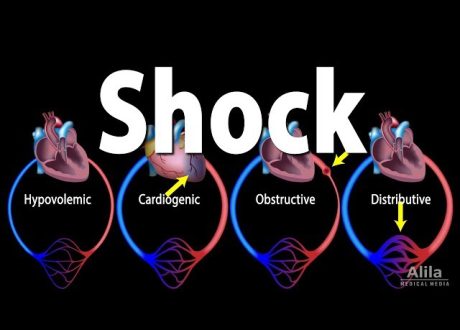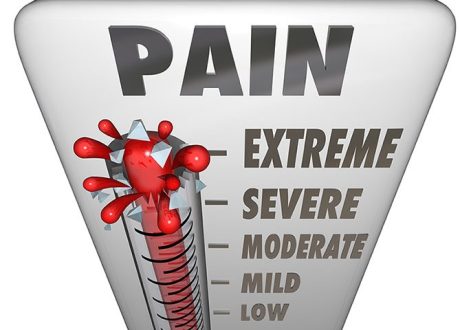Findings In this cohort study of 88 071 injured children from 8 states cared for in 146 EDs of trauma centers in 15 states, receiving initial care in an ED in the highest quartile of readiness was associated with 30% lower hazard of death to 1 year. The findings were consistent after removing children who died early.
Meaning Results of this study indicate high ED readiness is independently associated with long-term survival among injured children.
Importance There is substantial variability among emergency departments (EDs) in their readiness to care for acutely ill and injured children, including US trauma centers. While high ED pediatric readiness is associated with improved in-hospital survival among children treated at trauma centers, the association between high ED readiness and long-term outcomes is unknown.
Objective To evaluate the association between ED pediatric readiness and 1-year survival among injured children presenting to 146 trauma centers.
Design, Setting, and Participants In this retrospective cohort study, injured children younger than 18 years who were residents of 8 states with admission, transfer to, or injury-related death at one of 146 participating trauma centers were included. Children cared for in and outside their state of residence were included. Subgroups included those with an Injury Severity Score (ISS) of 16 or more; any Abbreviated Injury Scale (AIS) score of 3 or more; head AIS score of 3 or more; and need for early critical resources. Data were collected from January 2012 to December 2017, with follow-up to December 2018. Data were analyzed from January to July 2021.
Exposures ED pediatric readiness for the initial ED, measured using the weighted Pediatric Readiness Score (wPRS; range, 0-100) from the 2013 National Pediatric Readiness Project assessment.
Main Outcomes and Measures Time to death within 365 days.
Results Of 88 071 included children, 30 654 (34.8%) were female; 2114 (2.4%) were Asian, 16 730 (10.0%) were Black, and 49 496 (56.2%) were White; and the median (IQR) age was 11 (5-15) years. A total of 1974 (2.2%) died within 1 year of the initial ED visit, including 1768 (2.0%) during hospitalization and 206 (0.2%) following discharge. Subgroups included 12 752 (14.5%) with an ISS of 16 or more, 28 402 (32.2%) with any AIS score of 3 or more, 13 348 (15.2%) with a head AIS of 3 or more, and 9048 (10.3%) requiring early critical resources. Compared with EDs in the lowest wPRS quartile (32-69), children cared for in the highest wPRS quartile (95-100) had lower hazard of death to 1 year (adjusted hazard ratio [aHR], 0.70; 95% CI, 0.56-0.88). Supplemental analyses removing early deaths had similar results (aHR, 0.75; 95% CI, 0.56-0.996). Findings were consistent across subgroups and multiple sensitivity analyses.
Conclusions and Relevance Children treated in high-readiness trauma center EDs after injury had a lower risk of death that persisted to 1 year. High ED readiness is independently associated with long-term survival among injured children.










